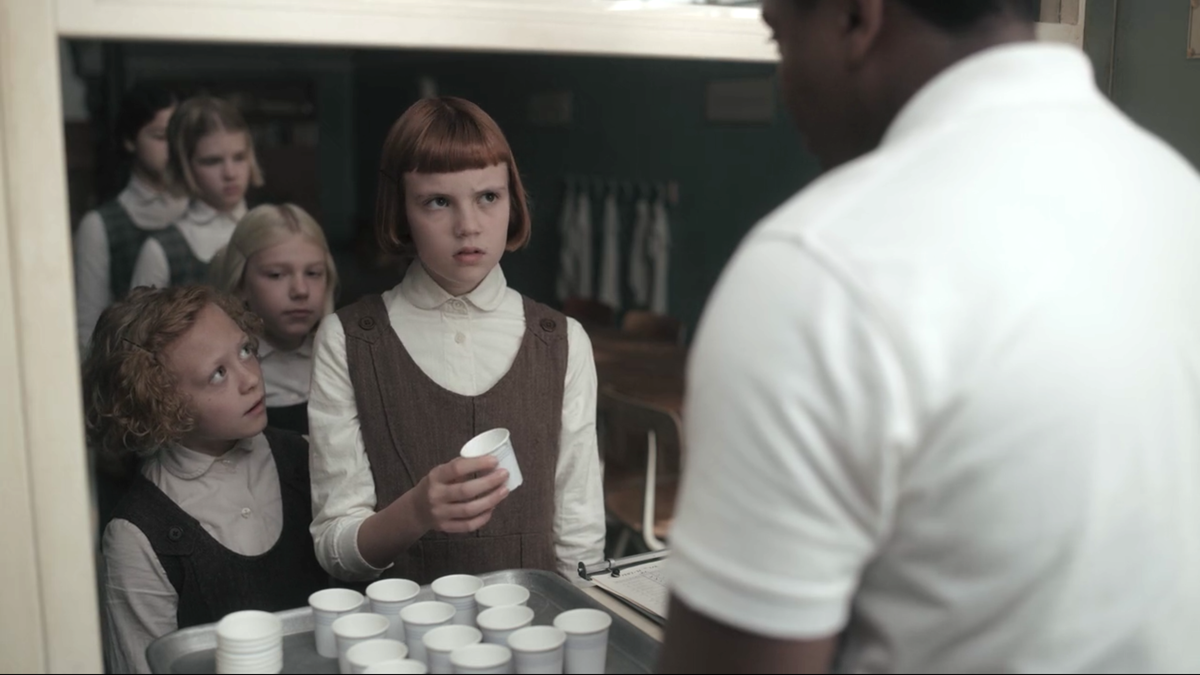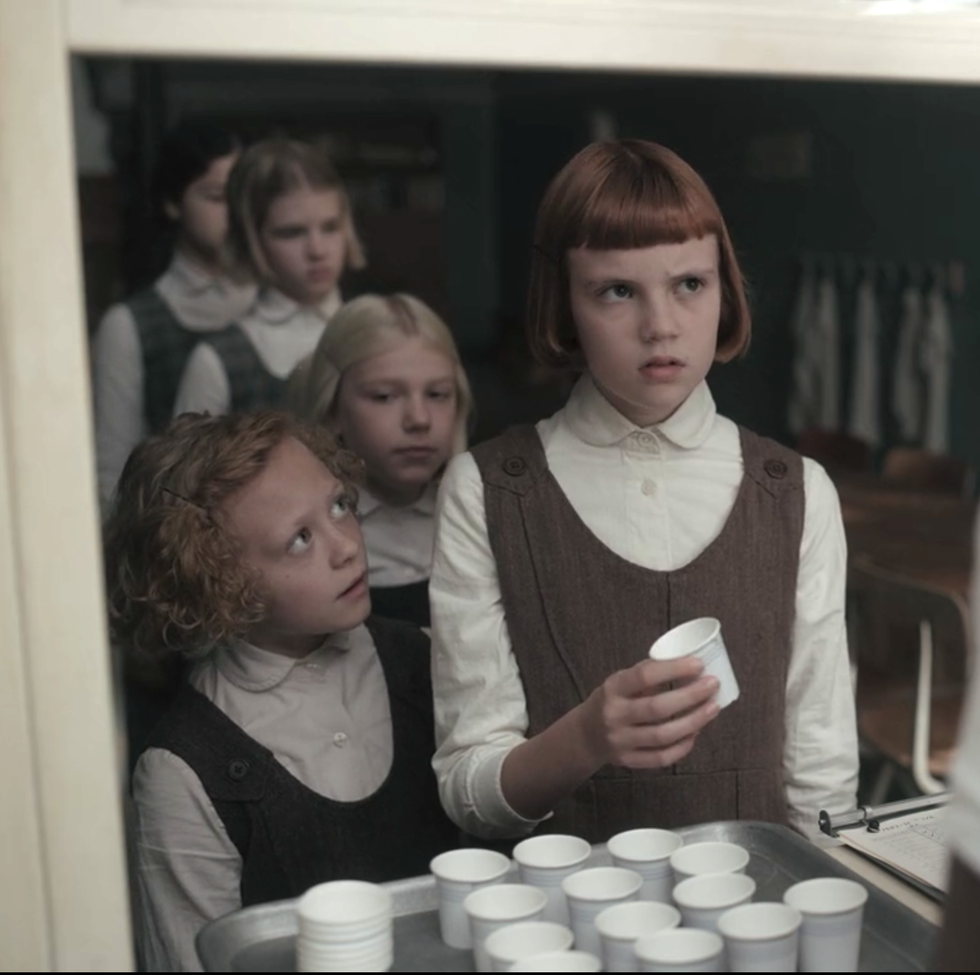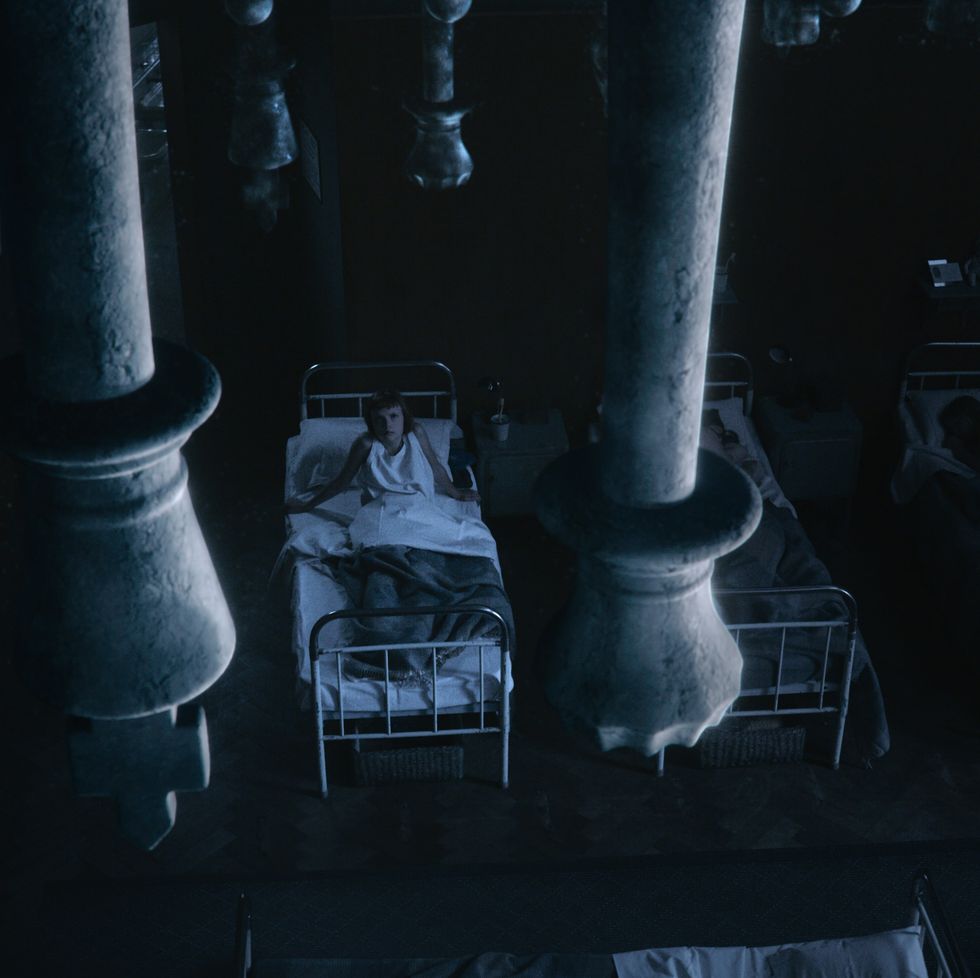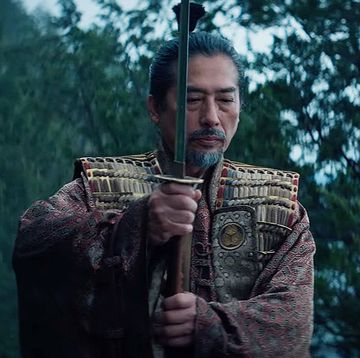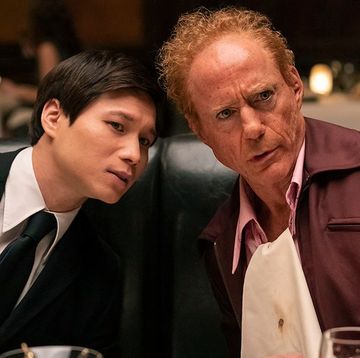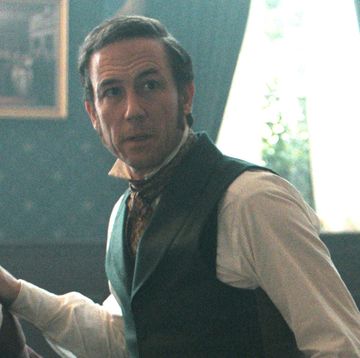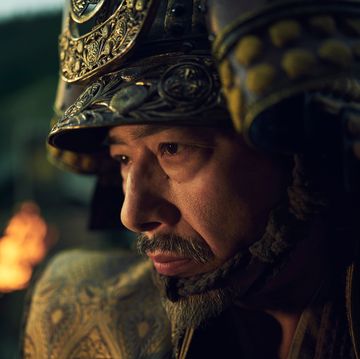The first and final shots of the pilot episode of The Queen’s Gambit find chess prodigy Beth Harmon crashing after a bender—the first in 1967, lying in her clothes in a bathtub, and the final with a 9-year-old Beth unconscious on an orphanage floor and surrounded by an absurd amount of green pills.
The series is adapted from the book of the same name by Walter Tevis and is based partially on the chess career of the book’s author as well as several famous chess prodigies, including American Bobby Fischer.
While Fischer—as far as we know—never abused pills the way Beth does, her addiction does have a real-life correlation. Tevis explained the origin of the addiction storyline in an interview with the New York Times:
''I was born in San Francisco. When I was young, I was diagnosed as having a rheumatic heart and given heavy drug doses in a hospital. That's where Beth's drug dependency comes from in the novel. Writing about her was purgative. There was some pain—I did a lot of dreaming while writing that part of the story. But artistically, I didn't allow myself to be self-indulgent.''
Tevis doesn’t explain in the interview what drugs he was prescribed, but we can assume that they’re very similar to those Beth takes at the age of 9 at the orphanage.
What are the green pills in the orphanage?
What we know about the pills early in the episode is that each child receives one per day and that some horde the pills, saving them for nighttime. The pills cause the children to become drowsy, and Beth is first seen stumbling down the hall after taking one. She’s told not to take too many that she develops an intolerance to them, and when she goes without pills for some days, her friend Jolene razes her about her “withdrawal” symptoms: itchiness and skittishness.
When the green pills are suddenly removed from the daily “vitamin” regimen, Fergusson tells Beth that the orphanage can no longer feed “tranquilizers” to kids.
Though the series calls the drug “xanzolam,” the green pills are likely based on chlordiazepoxide(“Librium”), which was patented in 1958. Librium was one of the first benzodiazepines, a class of drugs which are used to treat anxiety alongside other conditions.
It’s unclear how common the administration of Librium was on children, though it’s possible that given its early usage, it may have been administered therapeutically to address anxiety in most age groups.
Do the pills cause hallucinations?
Early studies on the drug reported patients having nightmares and that roughly 16 in 100 users experienced “excessive dreaming.” Some also experienced hallucinations.
Whether the drug could help someone focus and improve their chess game—this development might be more dramatic than historical. Obviously, one should only ever take benzodiazepines when prescribed by a doctor.
